Reusable wipes and skincare samples: 9 ways to reduce cosmetics waste
Hard truths and myths about waste in skincare and makeup products, and tips on how you can do your part for sustainability in the beauty industry.
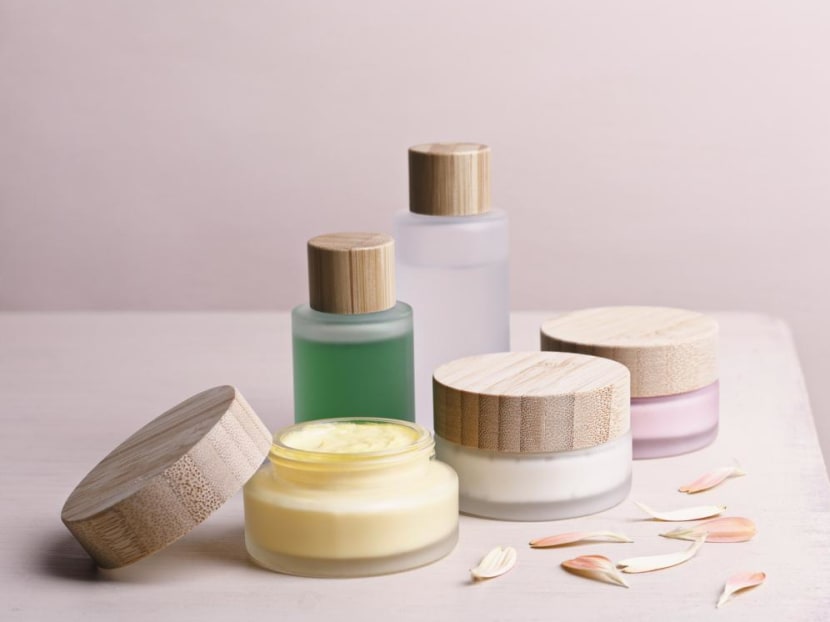
(Photo: iStock/Ivan Bajic)
I’ve often felt troubled by the amount of packaging in beauty products. Take, for example, skincare serum. It can be encased in an ornate bottle, which sits inside an elaborate box (and sometimes a box within a box), which is then wrapped in plastic.
The tiny amount of product versus the swathes of packaging it comes in is sometimes mind-boggling. Some may argue that beauty products are designed to pamper and make us feel a certain way, and hence packaging is important, but this comes at a cost to the environment.
I try to assuage my feelings of guilt by making sure I recycle all paper, plastic and glass packaging, but I’ve just learned, to my consternation, that very little beauty packaging is actually recycled.
According to clean and sustainable New Zealand skincare brand Emma Lewisham, the beauty industry is responsible for 120 billion units of waste each year, with single use packaging being the industry's largest contributor to carbon emissions.
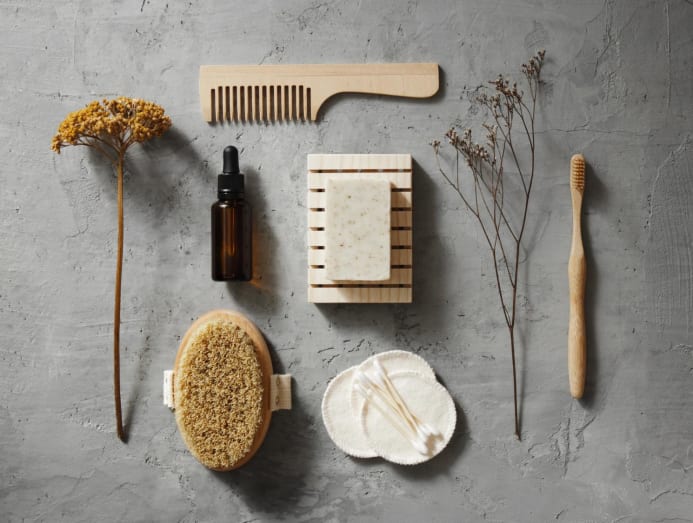
Emma Lewisham, the brand’s founder, told CNA Lifestyle, “The biggest myth is that beauty packaging is recycled. Sadly, this is not the case. In fact, only 4 per cent of all global plastics are recycled annually. Despite most beauty packaging being ‘technically recyclable’, it requires specialised systems – it is not recycled through local kerbside recycling. Unless someone is prepared to cover the cost of having it recycled, it ends up either in landfills, scattered through our oceans or burnt into greenhouse gases."
She added: "I encourage consumers to be wary of brands who rely on the recyclability of their packaging and look into whether they have take-back programmes and partnerships with specialised recyclers in place – this is how you know they are actually walking the recycling talk.”
The biggest myth is that beauty packaging is recycled. Sadly, this is not the case.
Airin Lee, a makeup artist and co-founder of ARLY, a beauty and wellness consultancy which educates consumers on skincare and make-up, and who has a passion for helping customers make more sustainable choices, told CNA Lifestyle: “I’d say most of us don’t know exactly what ‘sustainable beauty’ means, or how beauty impacts the environment. It is both a knowledge and awareness gap."
She added: "For starters, I suggest looking towards sustainably-sourced ingredients and more environmentally-friendly packaging, such as product labels printed with soy ink, reduced packaging, and recycled packaging materials. The key is the use of recycled materials, because while virgin materials can be recyclable, this doesn’t mean they always get recycled.”
It seems many of us have much to learn about how the beauty industry affects the environment. But the willingness to know more is a great start. Here are some tips on how we can stop turning a blind eye to cosmetic waste and begin living more sustainably.
1. LOOK FOR BEAUTY BRANDS OR PRODUCTS THAT ALLOW REFILLS

Imagine finding a beauty product or brand that works for you, and then just buy refills of products while using the same jar or bottle. This is the reality at Emma Lewisham, whose products are refillable and 100 per cent designed to fit within a circular system, which means designing out waste, keeping materials in use through reuse, repair and recycling, and regenerating the environment. It is the world’s first carbon positive beauty brand, with 100 per cent circular-designed product range.
The largest impact we can have on reducing carbon emissions is to focus on refillable packaging as part of a circular model of beauty.
“The industry seems to have become so focused on recycling,” said Lewisham. “However, a solution that has a significantly lighter environmental impact is to reuse – and in our case, refill. The largest impact we can have on reducing carbon emissions is to focus on refillable packaging as part of a circular model of beauty.”
Their popular and award-winning Skin Reset serum (S$141 for 30ml) evens out skin tone and refines texture. The Skin Reset refill pod is S$138 for 30ml and helps reduce your carbon footprint by 71 per cent, compared to if you were to buy a full packaging set. Customers are also encouraged to send empty pods back to the company by using their free returns label, where it will be sterilised and refilled through their circularity initiative.
2. OPT FOR PACKING-FREE OR MINIMAL PACKAGING
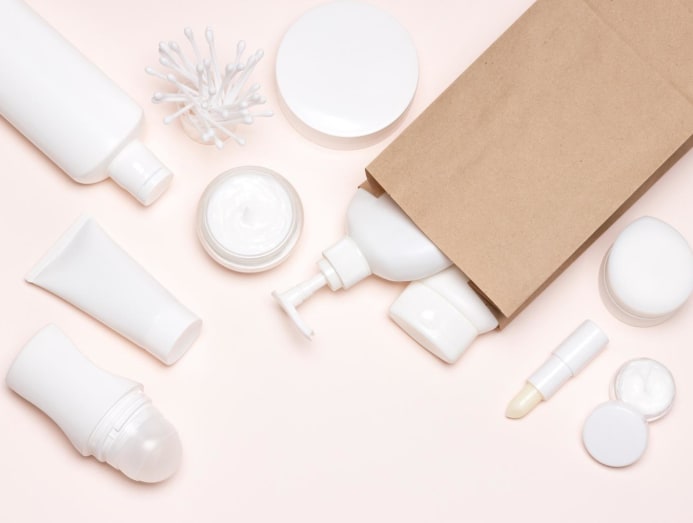
We think we understand by now – excess packaging is bad and unnecessary. And a company that really walks the talk with that is Lush Cosmetics, with their Naked product range. We’re talking body soap, shampoo and even skincare with no bottles, jars or packaging – just bars of products that you rub directly on yourself. Of course, they’re put in recycled paper bags when you buy them from the store, but you can always bring your own bag for 100 per cent zero packaging.
3. PARTICIPATE IN TAKE-BACK PROGRAMMES FOR RECYCLING OR REFILLING EMPTIES
This means bringing your empties back directly to the brand for recycling or for reuse, instead of putting them into your local recycling bin and hoping that they will get recycled. Examples of brands who take back empties include Kiehl’s, The Body Shop, Innisfree, L’Occitane, MAC Cosmetics and Lush Cosmetics.
4. KNOW YOUR SKINCARE AND BEAUTY NEEDS
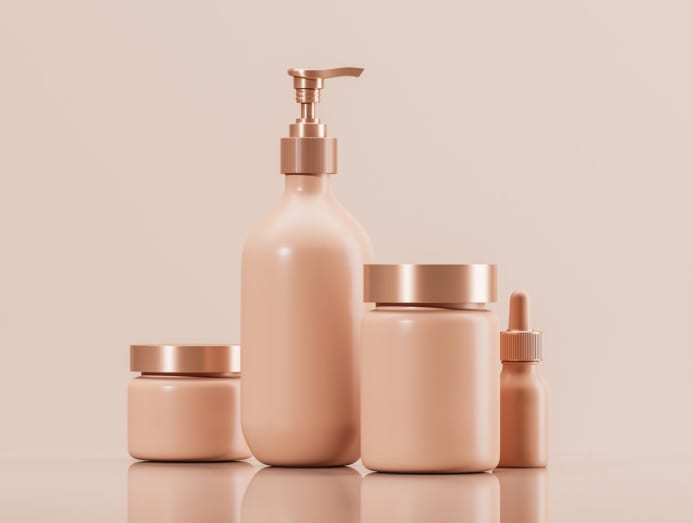
Said Lee, “Many of us don’t know our skin well enough to know which products are actually suitable for us. So the subsequent ‘skincare exploration journey’ often results in mental stress, money and time wasted, and almost full bottles of products going into the bin.”
She added, “I’ve noticed that most of my clients buy and switch around at least three or four products before finding the ‘right one’. But even after finding the right skincare product, they often have no idea what their skin type really is. It feels like we are blindfolded when choosing our skincare and are making decisions based on packaging or the latest trends.”
Lee urged people to learn about their skin, skincare and to find out what really works for them. Supporting brands that are making conscious efforts to reduce waste or have adopted cleaner beauty solutions is also encouraged.
5. DON’T BE FOOLED BY FANCY PACKAGING AND GREENWASHING
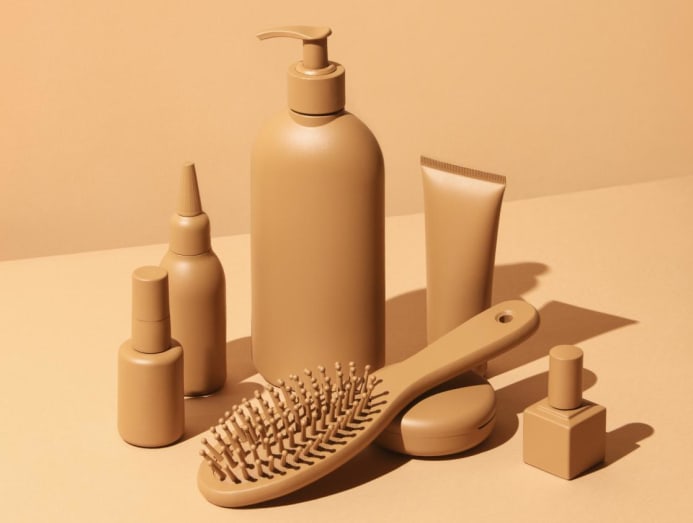
“With an abundance of products to choose from, we sometimes prioritise fancy packaging more than the product,” said Lee. “There are many products that are deliberately packaged to give the illusion of more volume. But there are also some brands who have started reducing cosmetic waste by downsizing the thickness of their bottles and/or using more recycled material.”
Misrepresentation and greenwashing – where products are marketed with green or botanical backgrounds, ‘nature-inspired’ scents, and advertisements that imply eco-consciousness, is commonplace.
“Words like ‘all-natural’ may jump at you off a product’s packaging, and consumers may be sold without actually checking the ingredient lists. If you research some of these 'all-natural' products, you will realise they contain all kinds of allergens, irritants, hormone disruptors and carcinogens that are both harmful for your skin and the environment," said Lee.
A major game changer was when I switched from disposable cotton pads or wipes to reusable cloth wipes.
6. USE FEWER DISPOSABLES – SWITCH TO REUSABLE WIPES
Lee Peilin, a marketing manager and sustainability advocate who was part of a citizen project with the Ministry of Sustainability and the Environment, had tips on how to be more sustainable when it comes to beauty.
“A major game changer was when I switched from disposable cotton pads or wipes to reusable cloth wipes. I use those for toner and make-up removal. Also, cotton buds are an extremely painful use of plastic. You use them once and toss them. I’ve switched to bamboo cotton buds. Often, it’s about the choices you make, and you can choose more sustainable products," she said.
7. FINISH YOUR PRODUCTS
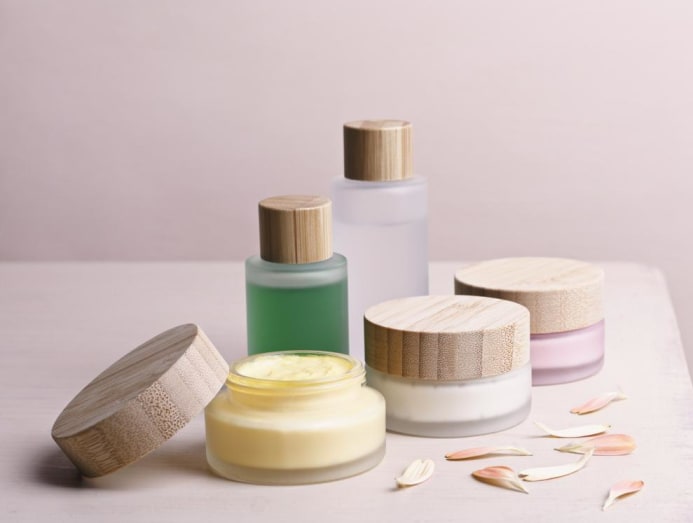
“For products, I make sure I use everything up,” said Peilin. “I would cut up the tubes for masks and moisturisers and use up every last bit. There are often little nooks and crannies in jars and bottles, so make sure you dig into those. Otherwise, it’s a huge waste of resources, and also, these chemicals will go down the drain. I also try to pick products with minimal packaging. Items that come in boxes, I try not to buy those any more. I’ve given feedback to brands not to put products in boxes.”
8. USE UP TRAVEL MINIATURES AND SAMPLES
“I’ve been using all my miniatures and travel-sized products before going out to buy new products, as many of them are reaching their expiry dates,” said Peilin. “Especially since it doesn't look like we’ll be travelling that soon.”
Each and every one of us has the potential to bring about change. Think about the consequences of all the small choices you make every day.
9. TAKE SMALL STEPS IN YOUR DAILY ROUTINE TOWARDS SUSTAINABILITY
“Each and every one of us has the potential to bring about change,” said Lewisham. “Think about the consequences of all the small choices you make every day. Where did it come from? Did it harm the environment? Was it cruel to animals? Is it cheap because someone in the supply chain paid the true cost? Being a sustainable and conscious consumer is simply the accumulation of all these little choices. Choose to make ethical choices daily and teach people around you to do so too. We all have the ability to bring about change in the world. Don’t give up – we need you!”
Lee agreed: “We can take small steps in our daily routine – you can be more conscious starting from the basics in your routine. Sunscreen is essential – it's the cheapest anti-ageing product, but it can also be very environmentally-unfriendly. Since we need to use SPF all the time, consider switching to more eco-friendly, marine life-friendly and reef-friendly sunscreens."
She added: "You don't have to only buy sustainable beauty products – research before you buy to make an informed choice, so you know you're getting a product you will finish using. And if a product doesn't work for you, consider giving it away instead of throwing it out.”










